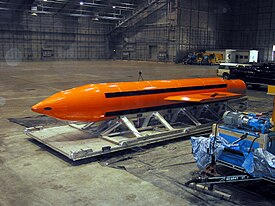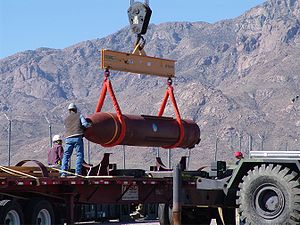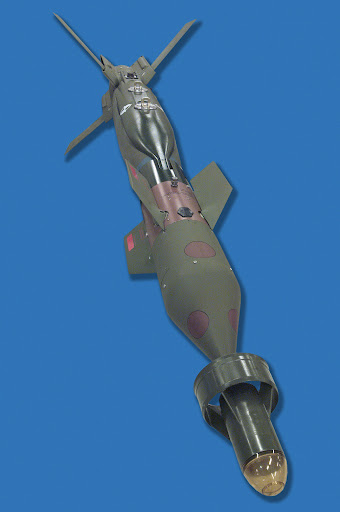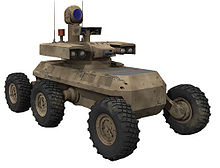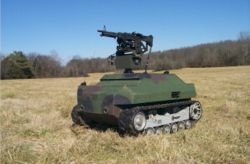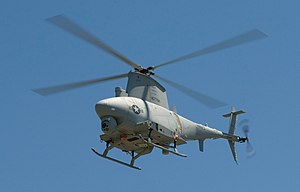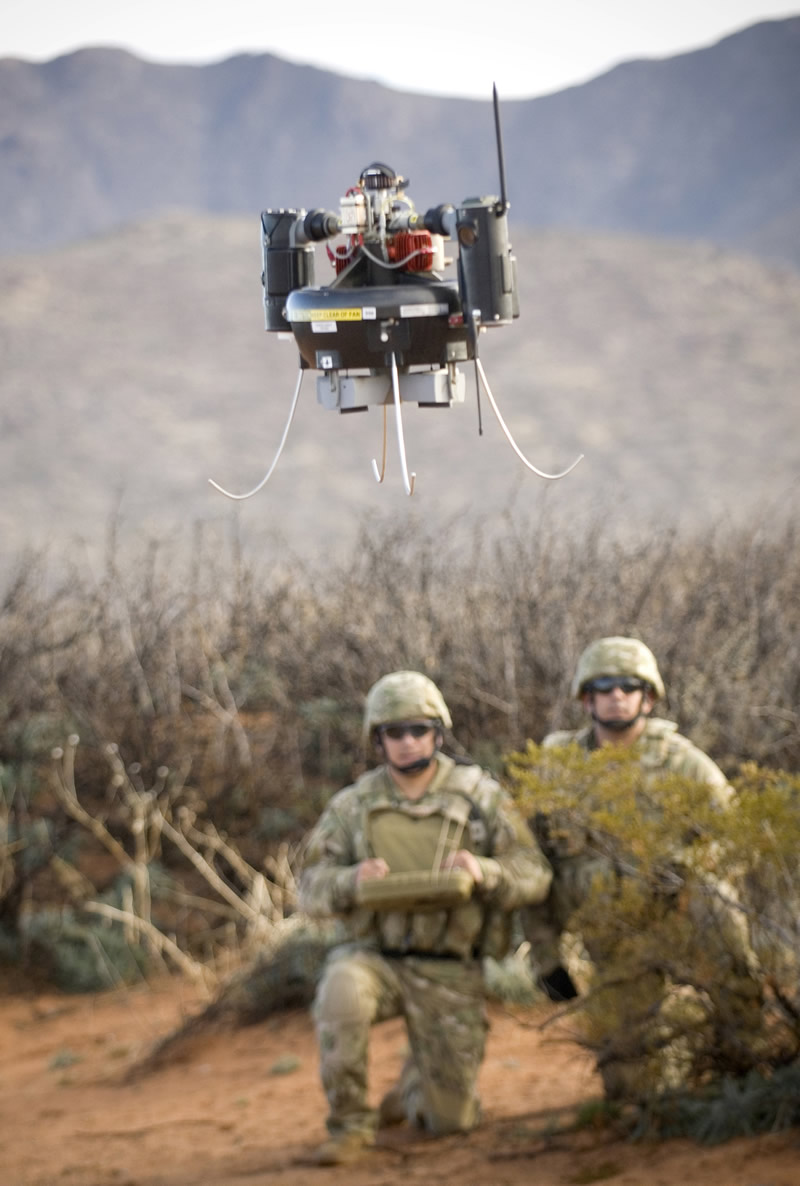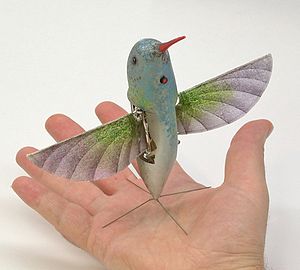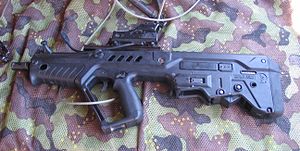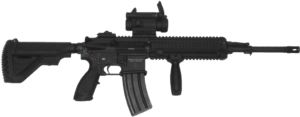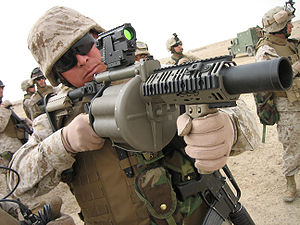DrSomnath999
SENIOR MEMBER

- Joined
- Sep 1, 2011
- Messages
- 2,428
- Reaction score
- 4
- Country
- Location
FUTURE NUCLEAR SUBMARINES
A.SUBMARINE AIRCRAFT CARRIERS
1.USA

2 CHINA

B.SSGN & SSBN
1.USAVirginia ClassSSGN

Characteristics/Description
Length - 377 FT
Displacement - 7800 LT
Test Depth - > 800 FT
Speed - > 25 KTS
Weapons -
4 Horizontal
12 Vertical
24 Stows
Capabilities/Improvements
Enhanced Stealth
Modular Isolated Decks
Open System Architecture
Modular Masts
Structurally Integrated Enclosures
Mission Reconfigurable Torpedo Room
Enhanced Special Warfare Capabilities
Enhanced Littoral Performance
Special Features
Mine Avoidance
Special Operating Forces Delivery / Recovery
Non-Acoustic Sensors
Tactical BG Communications
Non-Acoustic Stealth
Future Capabilities / Technology Insertion Bundles
Conformal Bow Array
Improved Habitability
Electric Ship
Deployable Networked Sensors
Advanced Strike Munitions
2.RUSSIA Borei class submarineSSBN

Type: Ballistic missile submarine
Displacement: 14,720 t (14,488 long tons) surfaced
24,000 t (23,621 long tons) submerged
Length: 170 m (557 ft 9 in)
Armament: 16 × RSM-56 Bulava SLBMs with 6-10 MIRVed warheads[2]
6 × 533 mm torpedo tubes
RPK-2 Viyuga cruise missiles
2.Yasen class submarine SSGN
Displacement: 5,800-7,700-9,500 surfaced
Length: 120m
Sensors and
processing systems: Rim Hat ESM/ECM Snoop Pair Surface Search Radar
Armament: 8x4 (total: 32) P-800 Oniks missiles, 8x torpedo tubes (650mm and 533mm).
3.CHINA Type 094 submarine SSBN

General characteristics
Displacement: 8,000 tons surfaced , 9,000 tons submerged
Length: 133 m [2]
Propulsion: Nuclear reactor, 1 shaft
Speed: 20+ kts
Range: Unlimited
Armament: Torpedoes: six 533 mm bow tubes Missiles: 12 JL-2 SLBM
16 JL-2 SLBM (Type 2)
20-24 JL-2 SLBM (Type 3)
Type 093 submarine SSGN
General characteristics
Displacement: 6,000 - 7,000 tonnes submerged[2]
Length: 110m
Beam: 11m
Draft: 10m
Propulsion: Nuclear reactor
Speed: 35 Kts
Range: Unlimited
Complement: ~100
Armament: 6 torpedo tubes
Torpedoes
Cruise missiles
Anti-ship missiles
3.Type 095 submarineSSGN
The Type 095 (Chinese designation: 09-V) is a proposed class of third generation nuclear-powered attack submarines for the People's Liberation Army Navy (PLAN) of the People's Republic of China.
General characteristics
Type: Attack submarine
Installed power: Nuclear reactor
Range: Unlimited
Armament: Torpedo tubes
HY-4 cruise missiles
4.FRANCE Barracuda class submarine SSBN
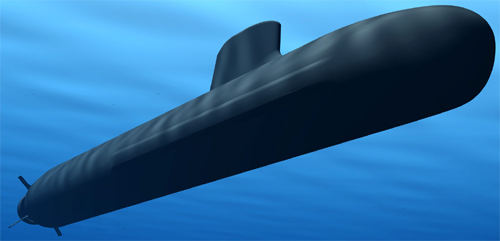
General characteristics
Type: Nuclear attack submarine
Displacement: 4,765 t surfaced
5,300 t submerged
Sensors and
processing systems: SYCOBS
Armament: 4 × 533 mm tuBES
12 x MDCN SCALP Naval missiles
Exocet SM39 Block2 and missiles
20 x F21 heavyweight torpedoes
5.BRITAINAstute class submarineSSGN
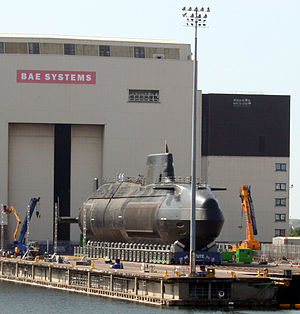
General characteristics
Displacement: 7,400 tonnes submerged
Length: 97 m (323 ft)
Sensors and
processing systems: Thales Sonar 2076 Atlas DESO 25 echosounder
2 x Thales CM010 optronic masts Raytheon
Successor IFF
Armament: 6 x 21-inch (533 mm) torpedo tubes
A combination of up to 38:Spearfish torpedoes
Tomahawk Block IV cruise missiles
6.INDIA Arihant class submarine SSBN
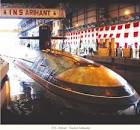
General characteristics
Type: Ballistic missile submarine
Displacement: 6,000 tons
Sensors and
processing systems: USHUS Sonar
Armament: Torpedoes: 6 21" (533mm) torpedo tubes - est. 30 charges
(torpedoes, missiles or mines)
SLBM - 4 launch tubes (each with 2.4 meter
12 x K15 SLBM (3 in each launch tube) or
4 x K-4[5] SLBM (Under development)
A.SUBMARINE AIRCRAFT CARRIERS
1.USA

2 CHINA

B.SSGN & SSBN
1.USAVirginia ClassSSGN

Characteristics/Description
Length - 377 FT
Displacement - 7800 LT
Test Depth - > 800 FT
Speed - > 25 KTS
Weapons -
4 Horizontal
12 Vertical
24 Stows
Capabilities/Improvements
Enhanced Stealth
Modular Isolated Decks
Open System Architecture
Modular Masts
Structurally Integrated Enclosures
Mission Reconfigurable Torpedo Room
Enhanced Special Warfare Capabilities
Enhanced Littoral Performance
Special Features
Mine Avoidance
Special Operating Forces Delivery / Recovery
Non-Acoustic Sensors
Tactical BG Communications
Non-Acoustic Stealth
Future Capabilities / Technology Insertion Bundles
Conformal Bow Array
Improved Habitability
Electric Ship
Deployable Networked Sensors
Advanced Strike Munitions
2.RUSSIA Borei class submarineSSBN

Type: Ballistic missile submarine
Displacement: 14,720 t (14,488 long tons) surfaced
24,000 t (23,621 long tons) submerged
Length: 170 m (557 ft 9 in)
Armament: 16 × RSM-56 Bulava SLBMs with 6-10 MIRVed warheads[2]
6 × 533 mm torpedo tubes
RPK-2 Viyuga cruise missiles
2.Yasen class submarine SSGN
Displacement: 5,800-7,700-9,500 surfaced
Length: 120m
Sensors and
processing systems: Rim Hat ESM/ECM Snoop Pair Surface Search Radar
Armament: 8x4 (total: 32) P-800 Oniks missiles, 8x torpedo tubes (650mm and 533mm).
3.CHINA Type 094 submarine SSBN

General characteristics
Displacement: 8,000 tons surfaced , 9,000 tons submerged
Length: 133 m [2]
Propulsion: Nuclear reactor, 1 shaft
Speed: 20+ kts
Range: Unlimited
Armament: Torpedoes: six 533 mm bow tubes Missiles: 12 JL-2 SLBM
16 JL-2 SLBM (Type 2)
20-24 JL-2 SLBM (Type 3)
Type 093 submarine SSGN
General characteristics
Displacement: 6,000 - 7,000 tonnes submerged[2]
Length: 110m
Beam: 11m
Draft: 10m
Propulsion: Nuclear reactor
Speed: 35 Kts
Range: Unlimited
Complement: ~100
Armament: 6 torpedo tubes
Torpedoes
Cruise missiles
Anti-ship missiles
3.Type 095 submarineSSGN
The Type 095 (Chinese designation: 09-V) is a proposed class of third generation nuclear-powered attack submarines for the People's Liberation Army Navy (PLAN) of the People's Republic of China.
General characteristics
Type: Attack submarine
Installed power: Nuclear reactor
Range: Unlimited
Armament: Torpedo tubes
HY-4 cruise missiles
4.FRANCE Barracuda class submarine SSBN

General characteristics
Type: Nuclear attack submarine
Displacement: 4,765 t surfaced
5,300 t submerged
Sensors and
processing systems: SYCOBS
Armament: 4 × 533 mm tuBES
12 x MDCN SCALP Naval missiles
Exocet SM39 Block2 and missiles
20 x F21 heavyweight torpedoes
5.BRITAINAstute class submarineSSGN

General characteristics
Displacement: 7,400 tonnes submerged
Length: 97 m (323 ft)
Sensors and
processing systems: Thales Sonar 2076 Atlas DESO 25 echosounder
2 x Thales CM010 optronic masts Raytheon
Successor IFF
Armament: 6 x 21-inch (533 mm) torpedo tubes
A combination of up to 38:Spearfish torpedoes
Tomahawk Block IV cruise missiles
6.INDIA Arihant class submarine SSBN
General characteristics
Type: Ballistic missile submarine
Displacement: 6,000 tons
Sensors and
processing systems: USHUS Sonar
Armament: Torpedoes: 6 21" (533mm) torpedo tubes - est. 30 charges
(torpedoes, missiles or mines)
SLBM - 4 launch tubes (each with 2.4 meter
12 x K15 SLBM (3 in each launch tube) or
4 x K-4[5] SLBM (Under development)






 ), nicknamed "Father of All Bombs" (FOAB) (Папа всех бомб
), nicknamed "Father of All Bombs" (FOAB) (Папа всех бомб